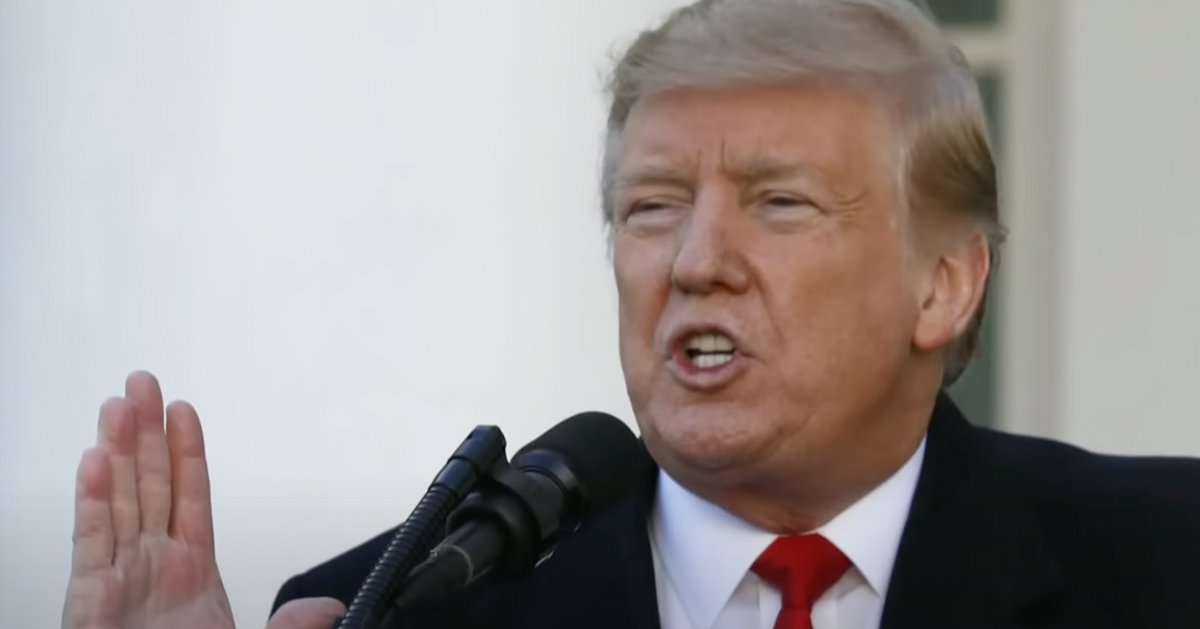Defense secretary signals significant budget overhaul ahead
The U.S. Department of Defense faces a potentially significant financial restructuring following a directive from Defense Secretary Pete Hegseth.
The directive from Hegseth orders military leaders to plan for an 8% annual budget reduction over the next five years, aimed at streamlining spending while prioritizing key defense areas, as Newsmax reports.
Focus on Efficiency, Modernization
As reported by the Washington Post, Hegseth issued a memo calling for substantial cuts to the Department of Defense's budget, which is estimated at $850 billion for 2025.
The goal is to reduce operational costs and bureaucracy, reallocating resources to critical defense areas. Among these areas are operations at the southern U.S. border and the modernization of nuclear capabilities.
The memo, to be finalized by Feb. 24, outlines 17 specific areas that will remain untouched by the proposed budget cuts. Included in these protected areas are operations related to nuclear weapon systems, missile defense, and the development of one-way attack drones. This selective approach ensures that strategic capabilities remain robust.
Hegseth's approach is in line with the broader policy endorsed by former President Trump, which emphasizes deterrence and military readiness. The memo reflects a commitment to "achieve Peace through Strength" and underscores the need for "urgent action" to reinforce military prominence.
Capitol Hill's Perspective on Defense Spending
The Capitol Hill consensus suggests that significant defense spending is essential to address military threats from global powers such as China and Russia. Despite this, Hegseth's plan, if executed fully, might cut tens of billions from the Defense Department's annual spending, marking a notable deviation from the current financial strategies.
Among the exemptions provided in the memo are the Indo-Pacific Command, Northern Command, and Space Command, highlighting regional priorities. In contrast, the European Command, crucial in the Ukraine-Russia conflict, as well as Central and Africa Commands, were not included in the list of exemptions.
This proposal, resembling the 2013 sequestration's across-the-board reductions by Congress, suggests a determined effort to deliver impactful reforms while managing resources judiciously.
Strategic Exemptions Highlighted
Hegseth's memo articulates the Department’s imperative to cease "unnecessary defense spending." The document stresses the importance of reviewing and eliminating excessive bureaucracy to enhance overall military efficiency.
The proposed realignment predicates the enhancement of the "warrior ethos." It prioritizes a robust reconsideration of U.S. defense priorities, with financial prudence set against the backdrop of strategic military preparedness.
Pentagon officials, such as spokesperson John Ullyot, confirm a forthcoming formal response to inquiries regarding this significant policy shift. The anticipation is palpable as stakeholders await comprehensive details on how these strategic changes will be operationalized.
Implications for National Defense Strategy
The exemption of certain commands indicates a tactical focus on regions perceived as critical to U.S. national security interests. However, the absence of certain commands from the exemption list raises concerns about the broader strategic implications.
The proposed cuts could constitute one of the largest reorganizations of military spending in recent history. This move poses questions about the future structure of the U.S. military, regarding both domestic and international operations.
As this strategy unfolds, the balance between fiscal responsibility and national security emerges as a focal point of debate. The decision is expected to influence future policy discussions on military expenditure.
Awaiting Further Developments
As this plan moves forward, the various military branches will need to adapt to potential financial constraints while continuing to meet national defense obligations.
The outcome of these proposed cuts will be closely monitored both within government circles and by the public, given the potential impacts on defense capabilities and military readiness.
Hegseth's directive sets the stage for what could become a defining element of U.S. defense policy, with significant implications for international military strategy in the coming years.






